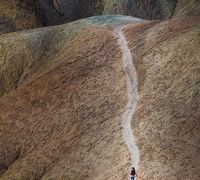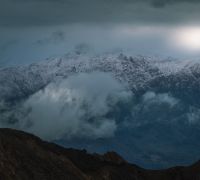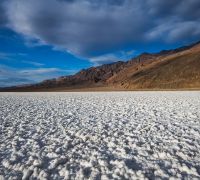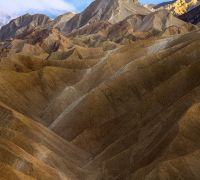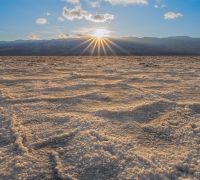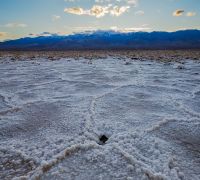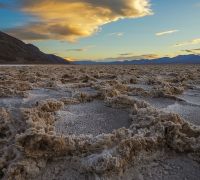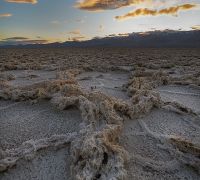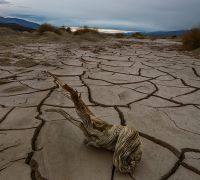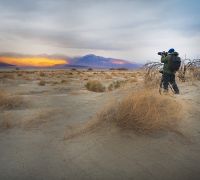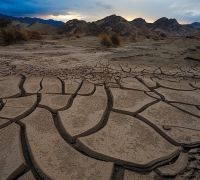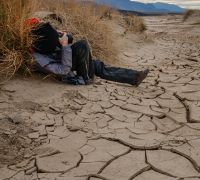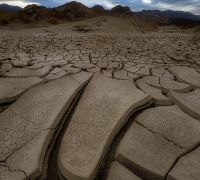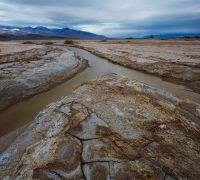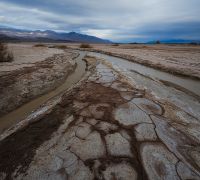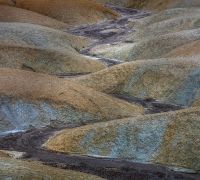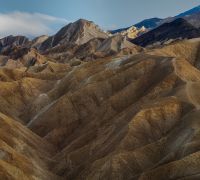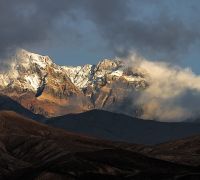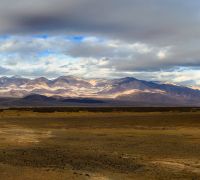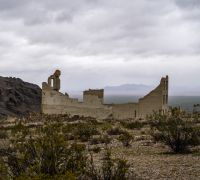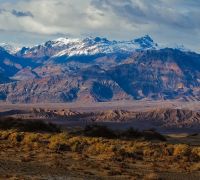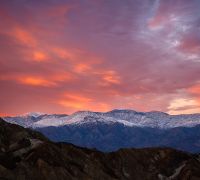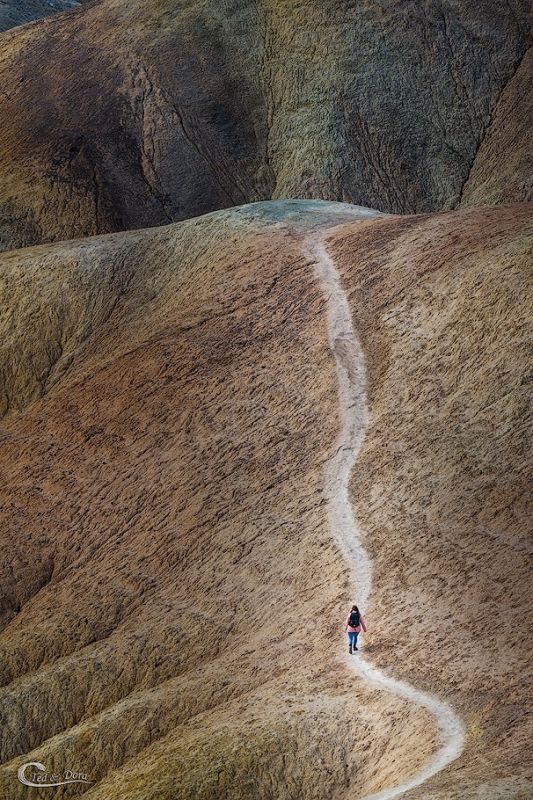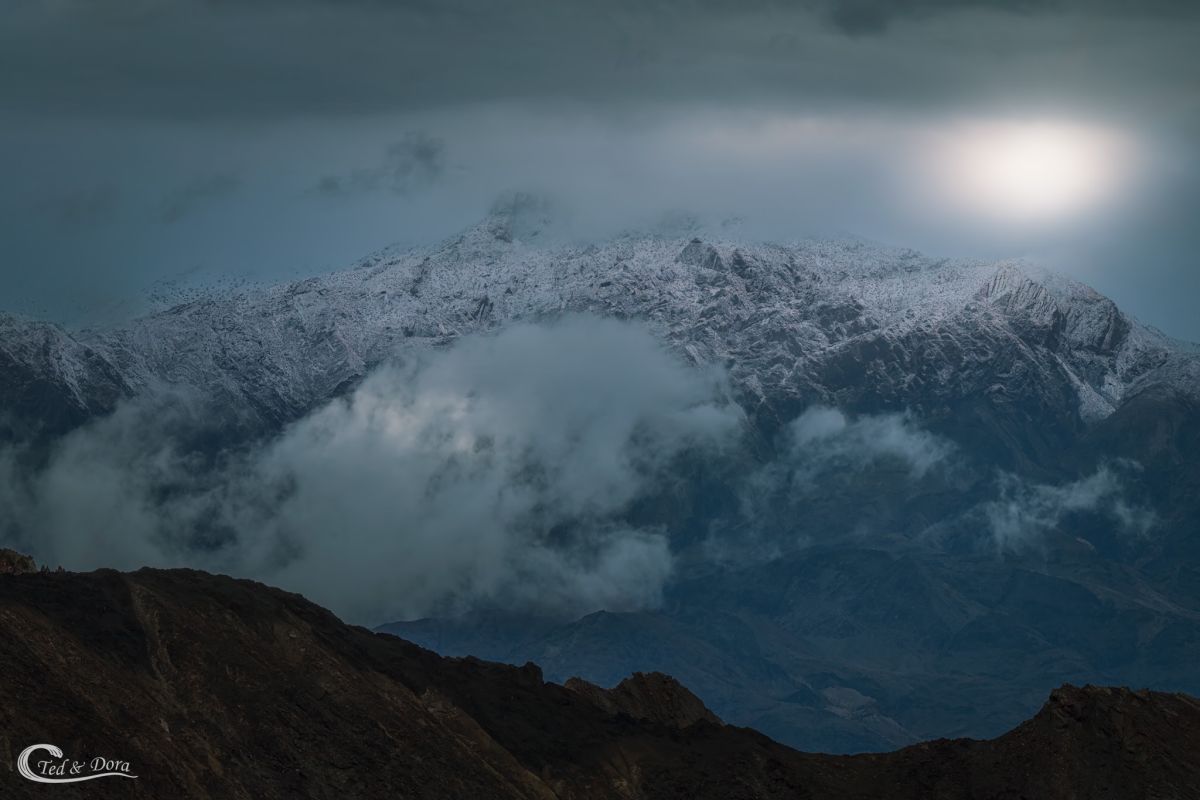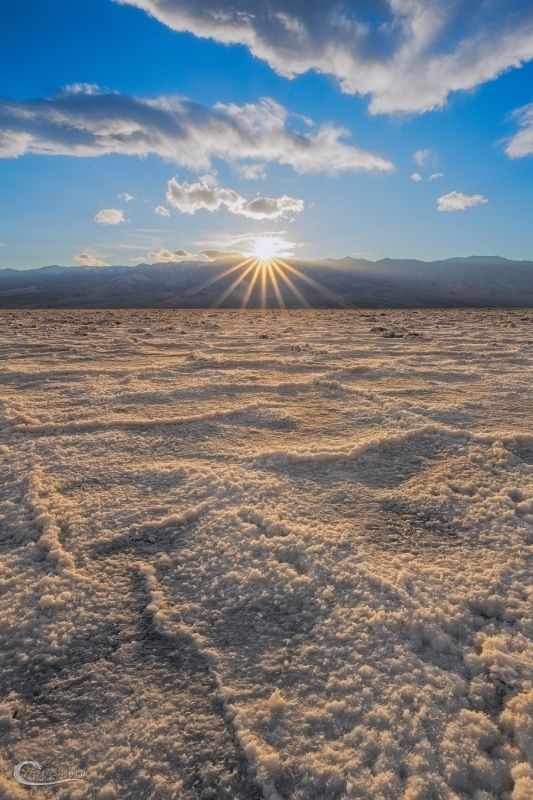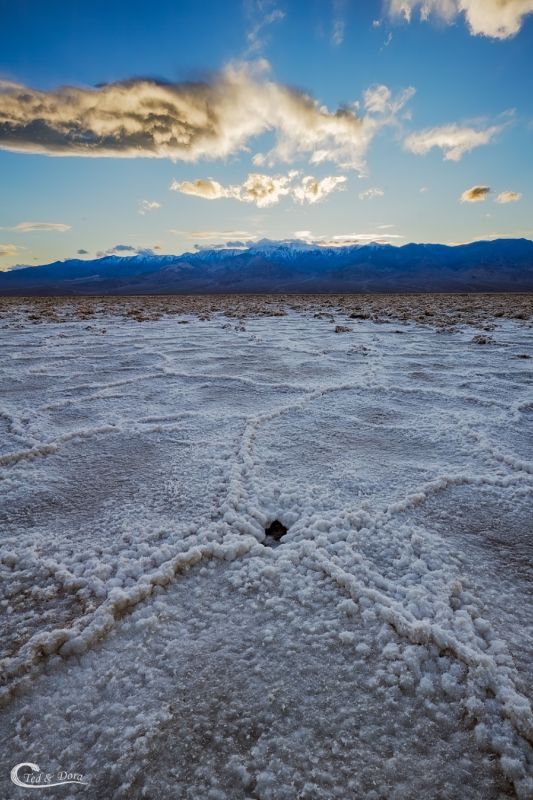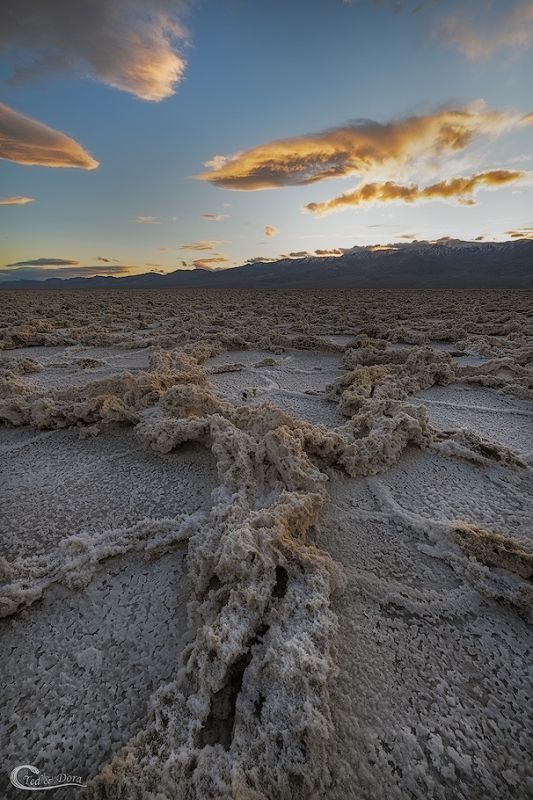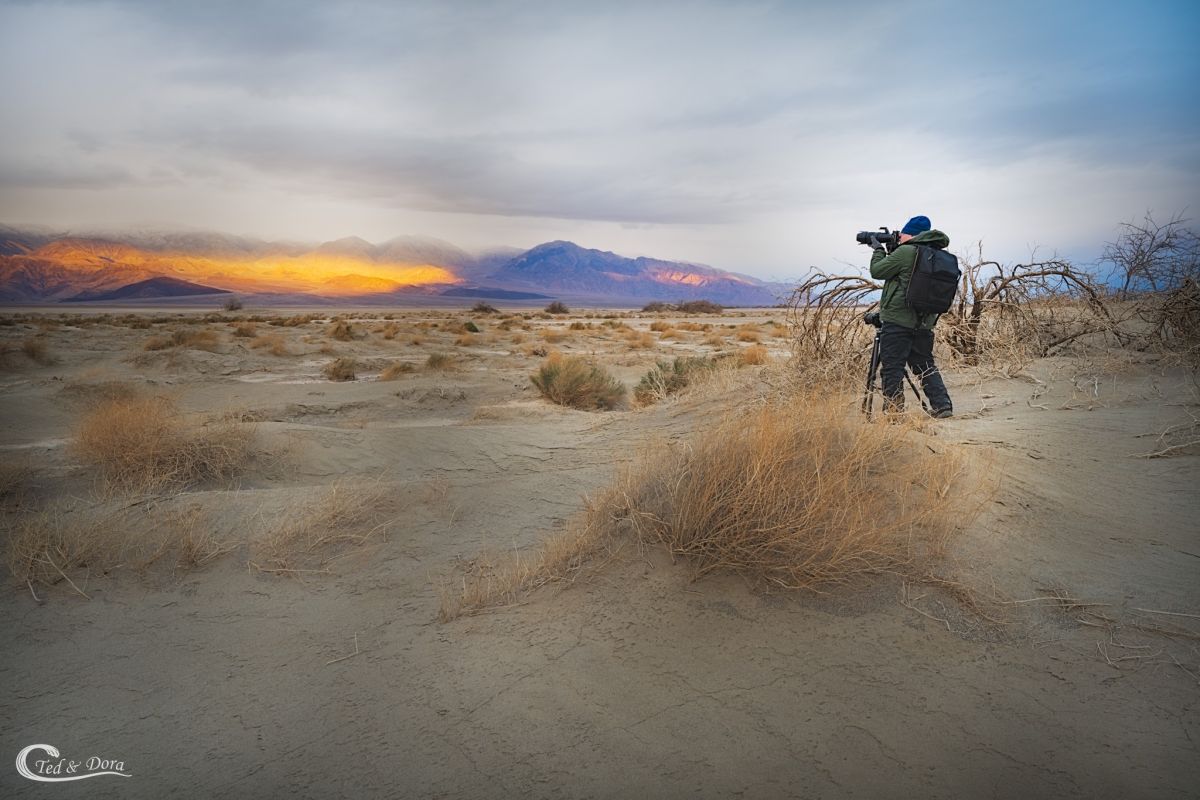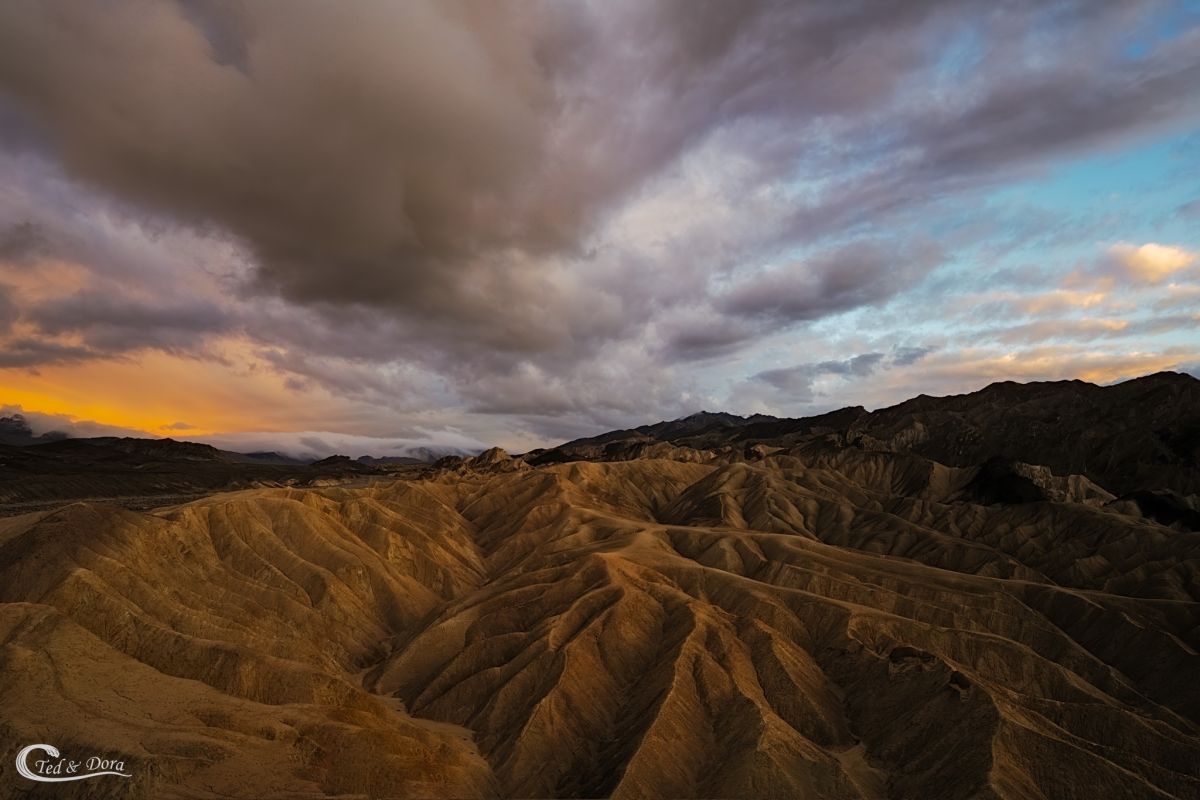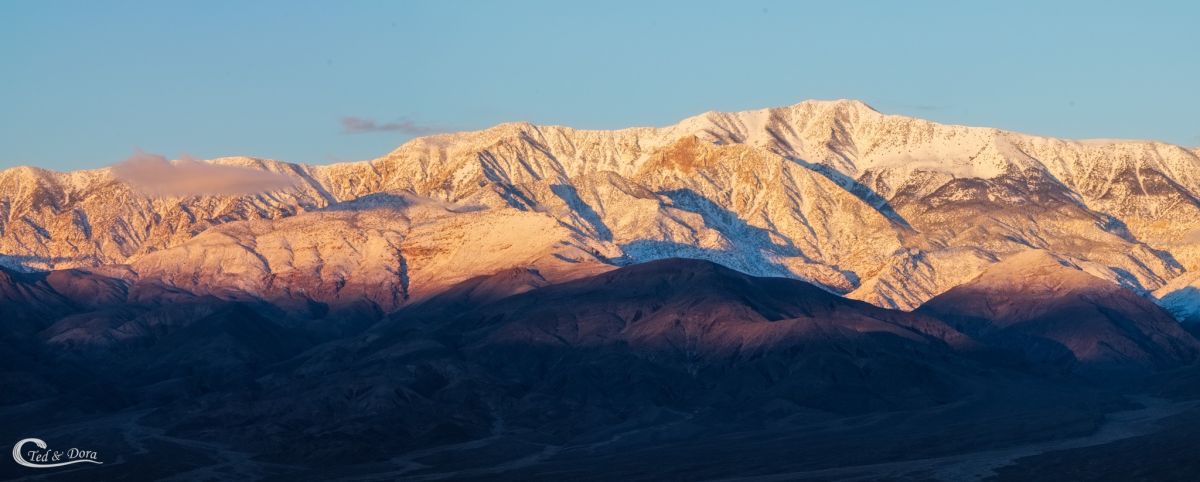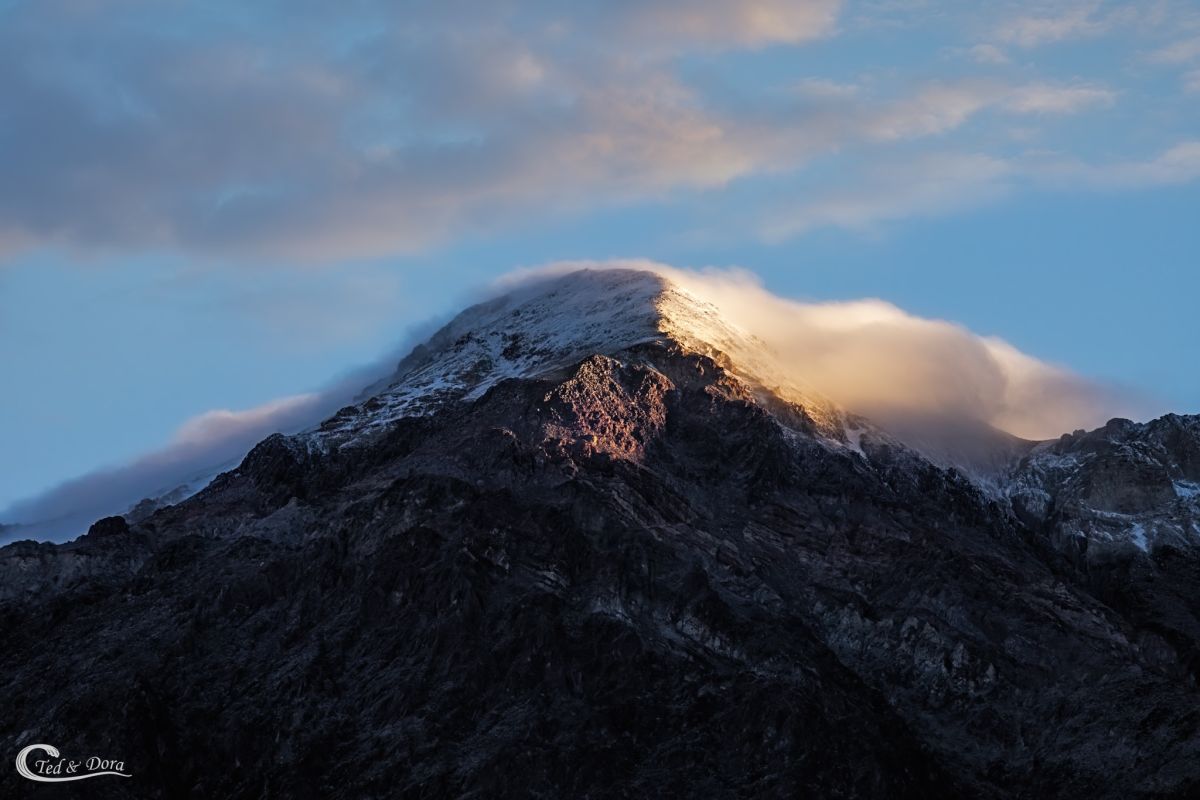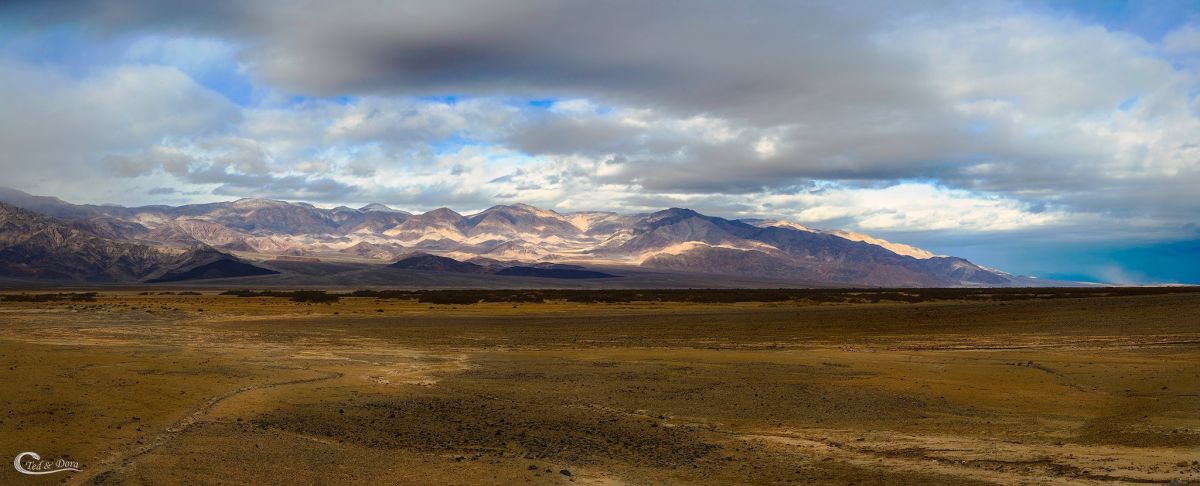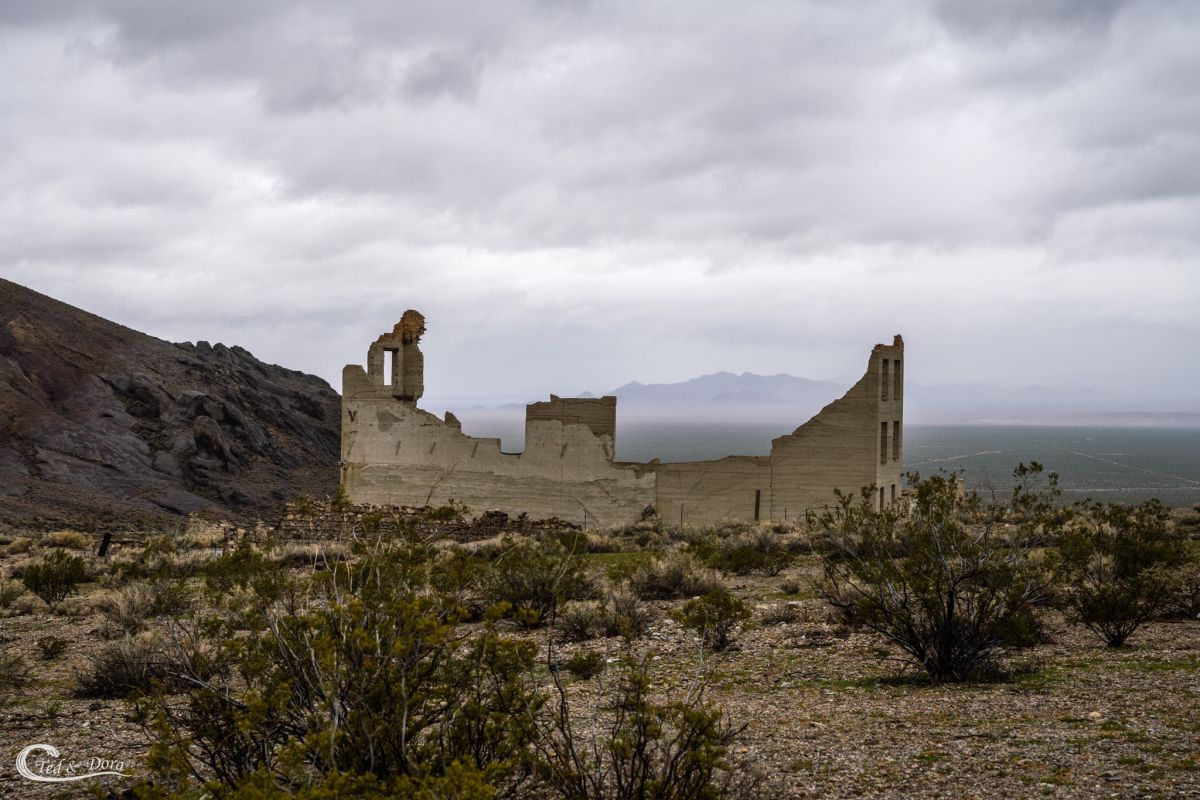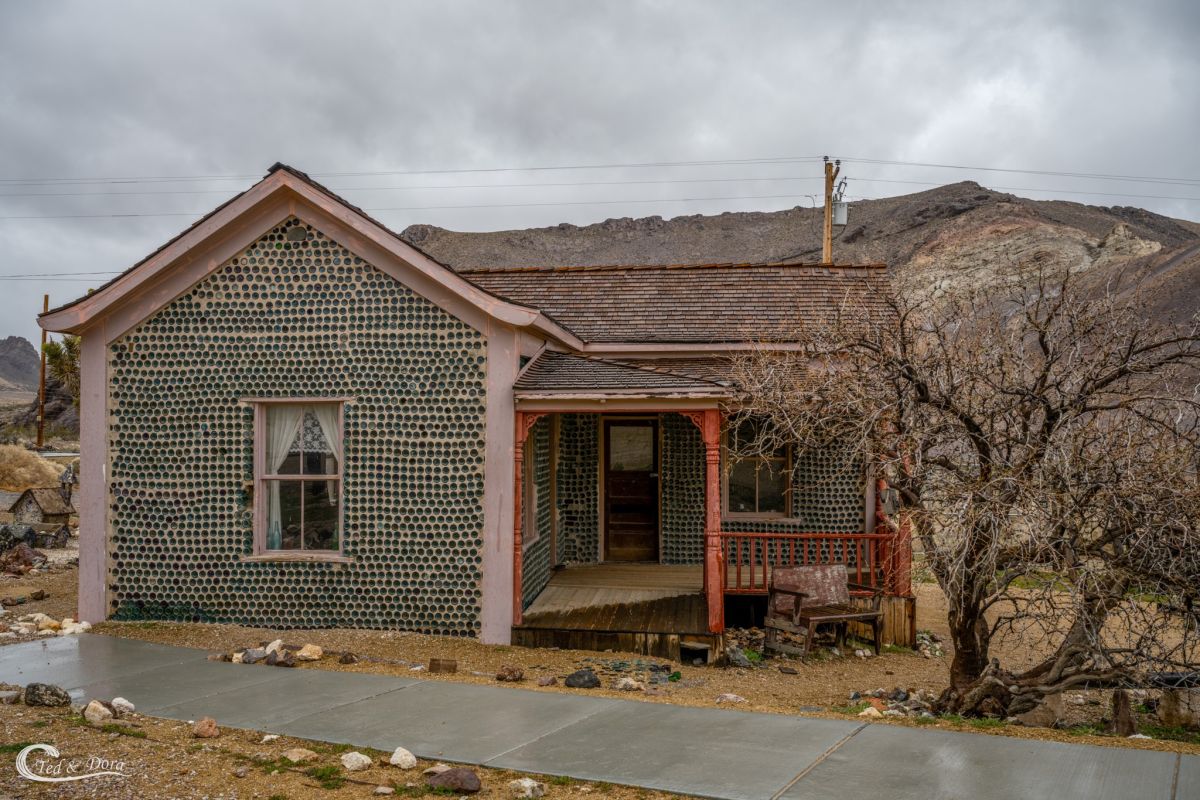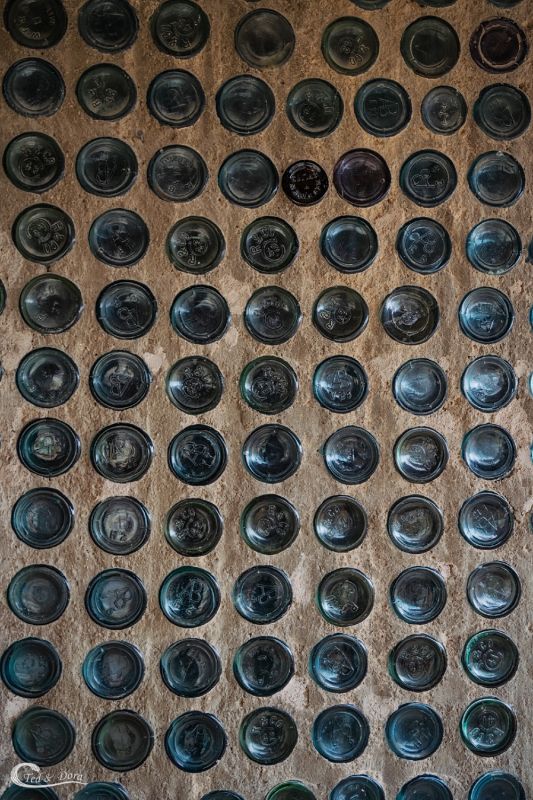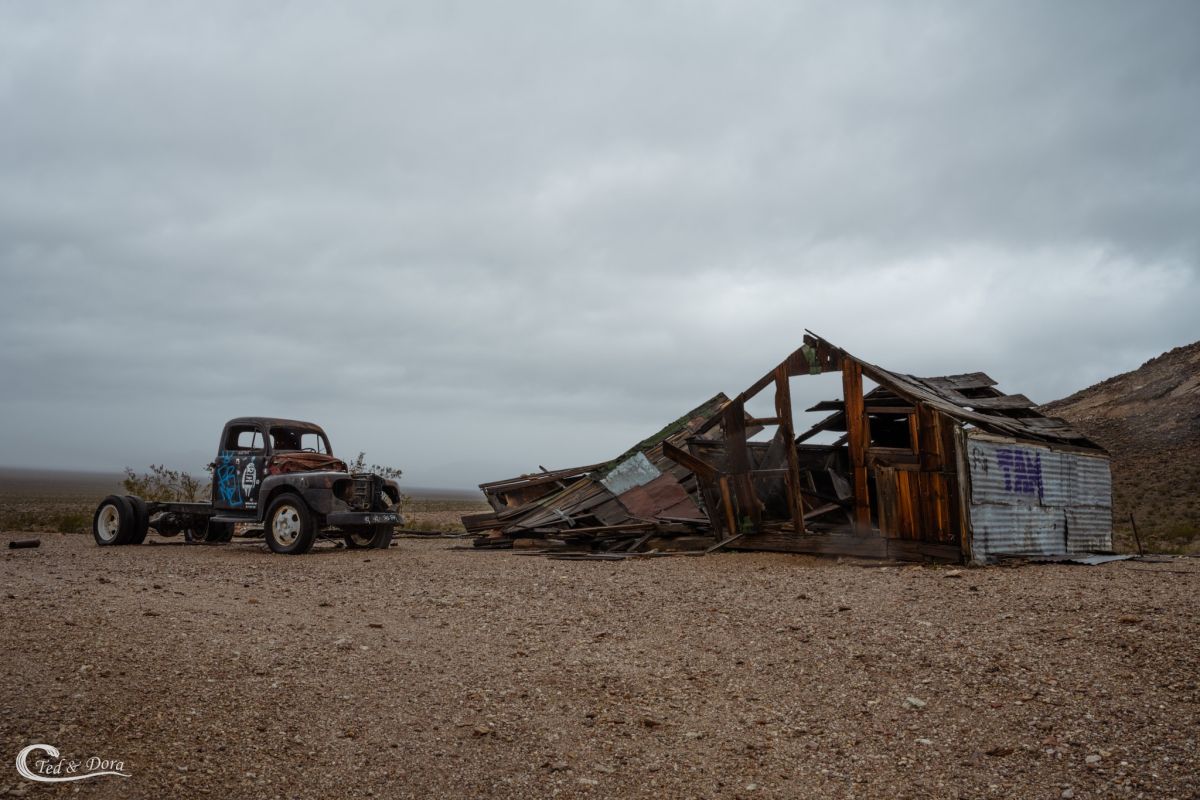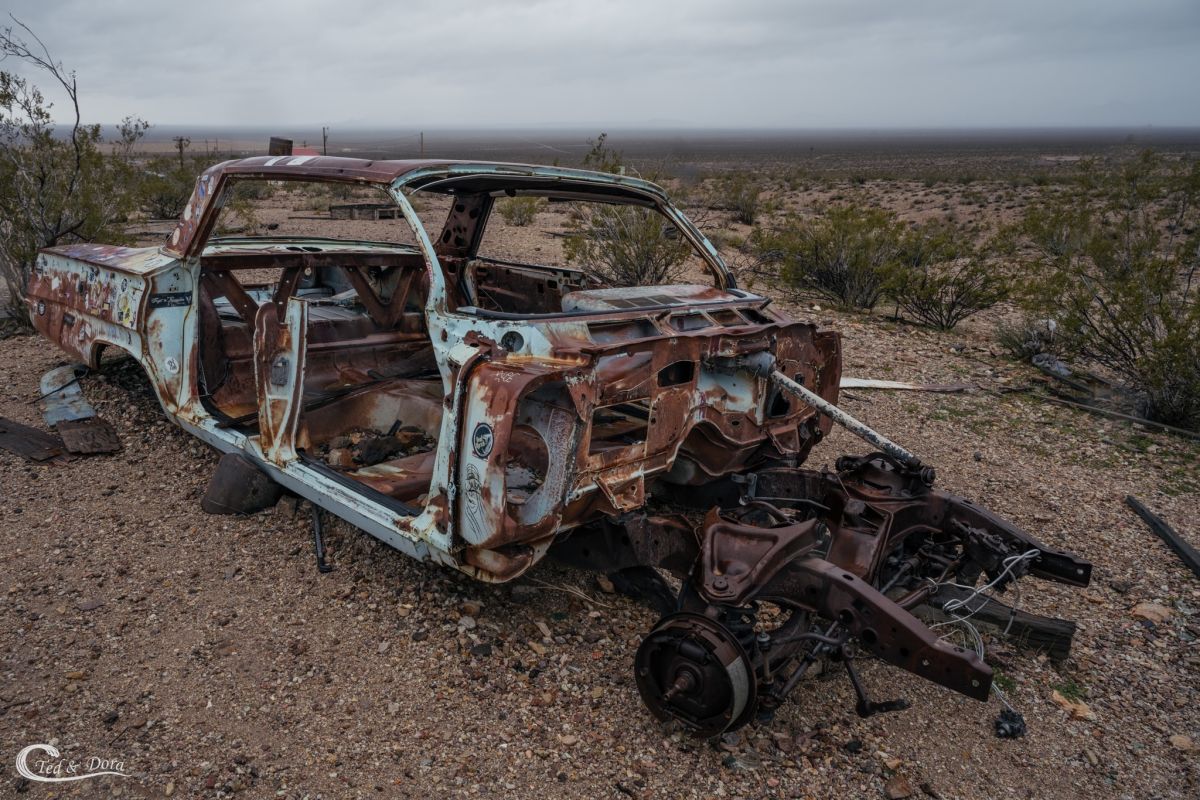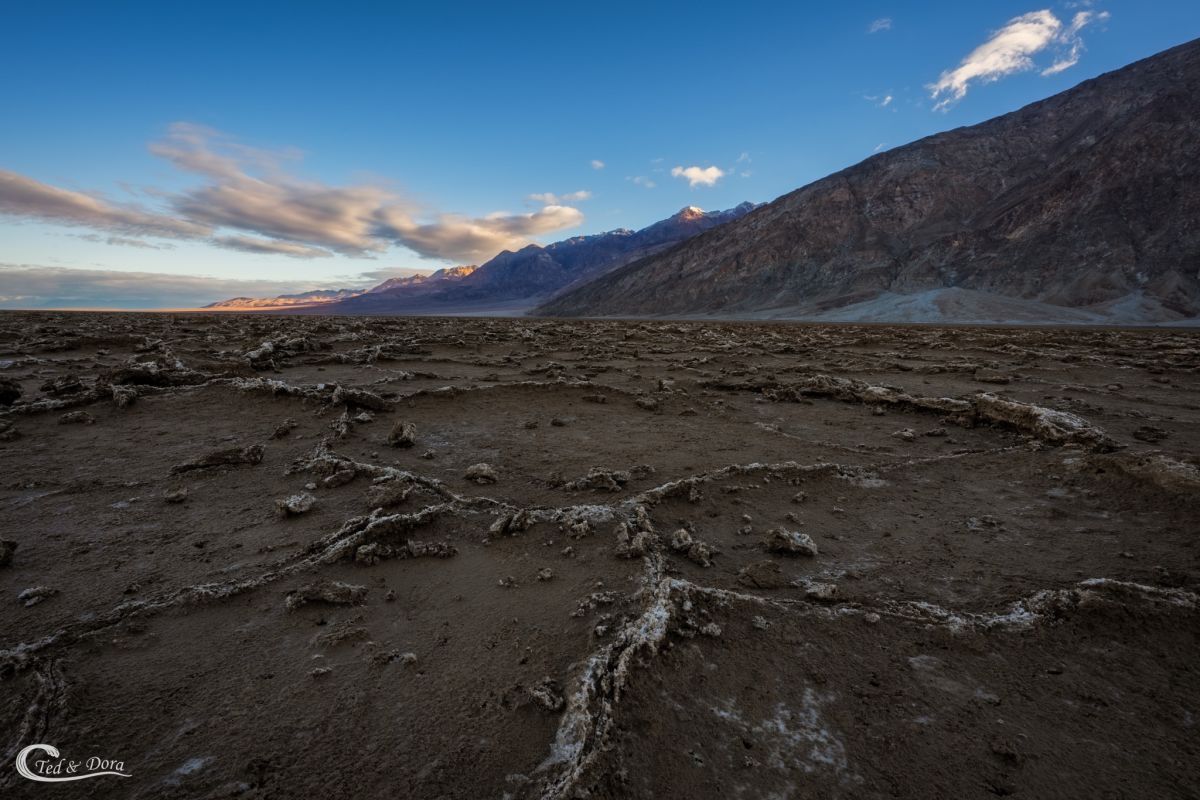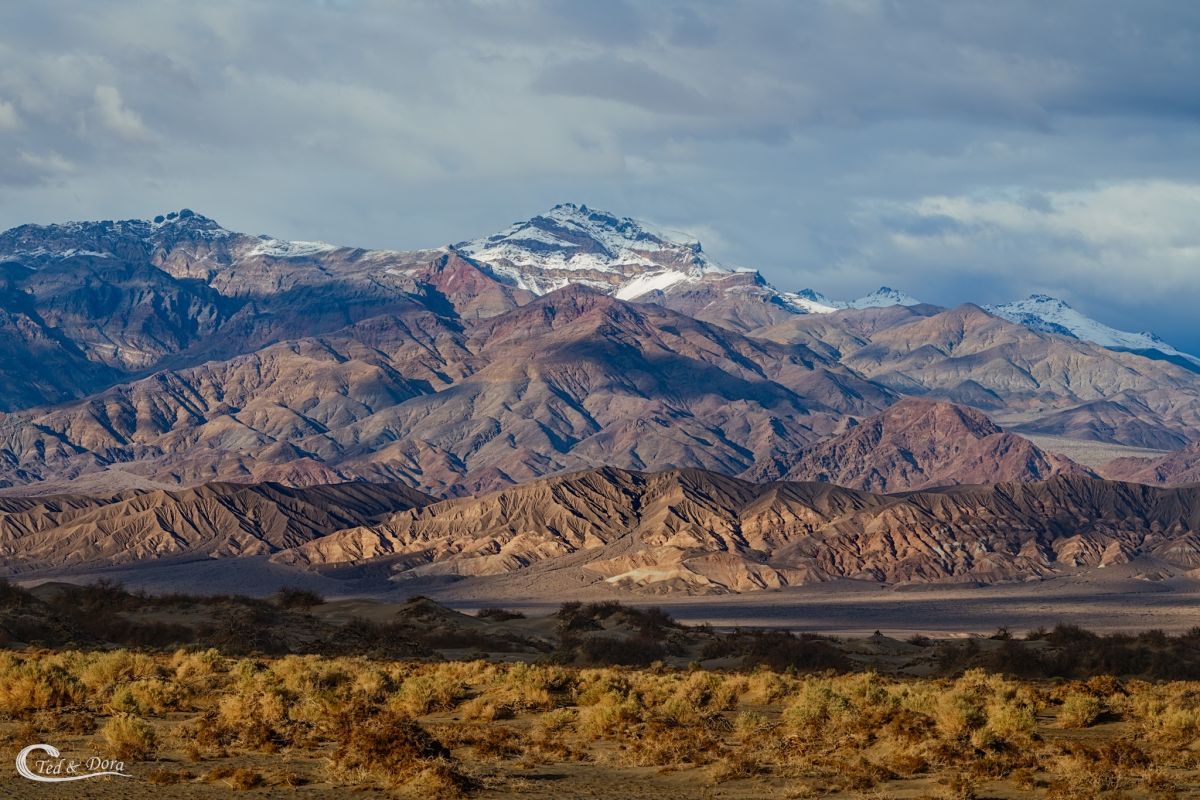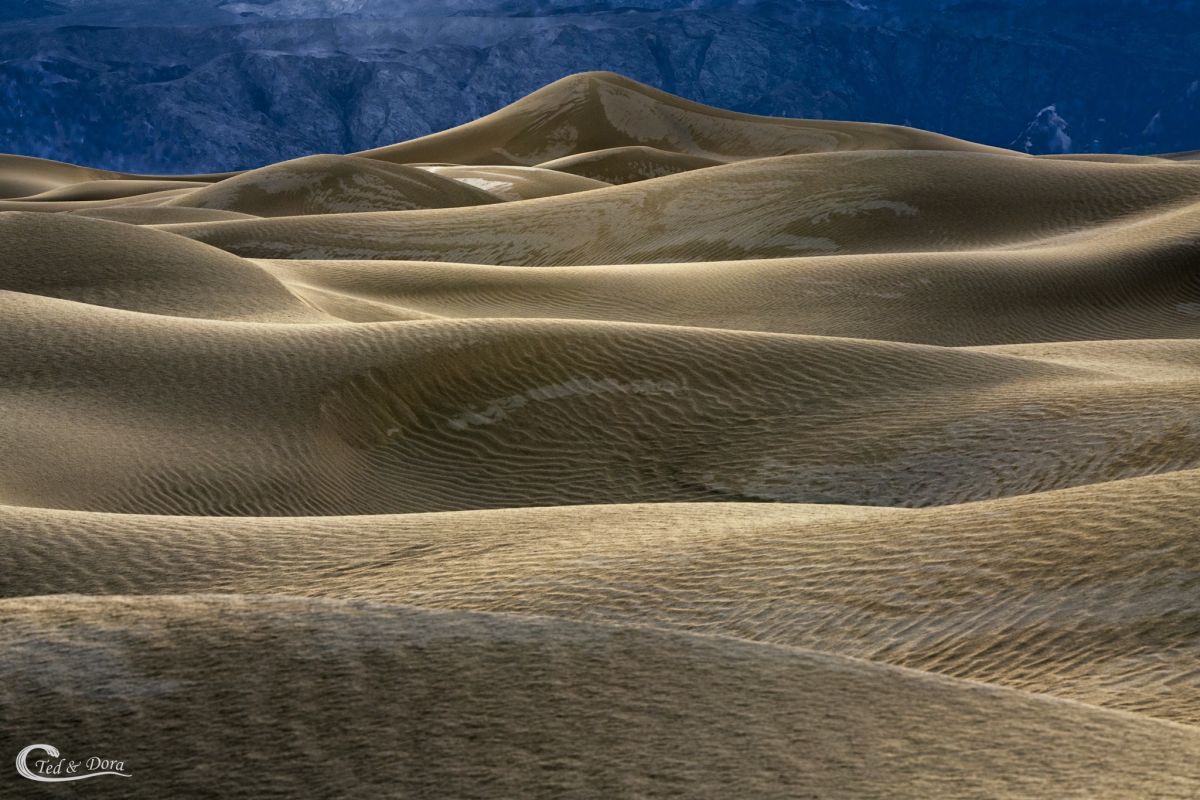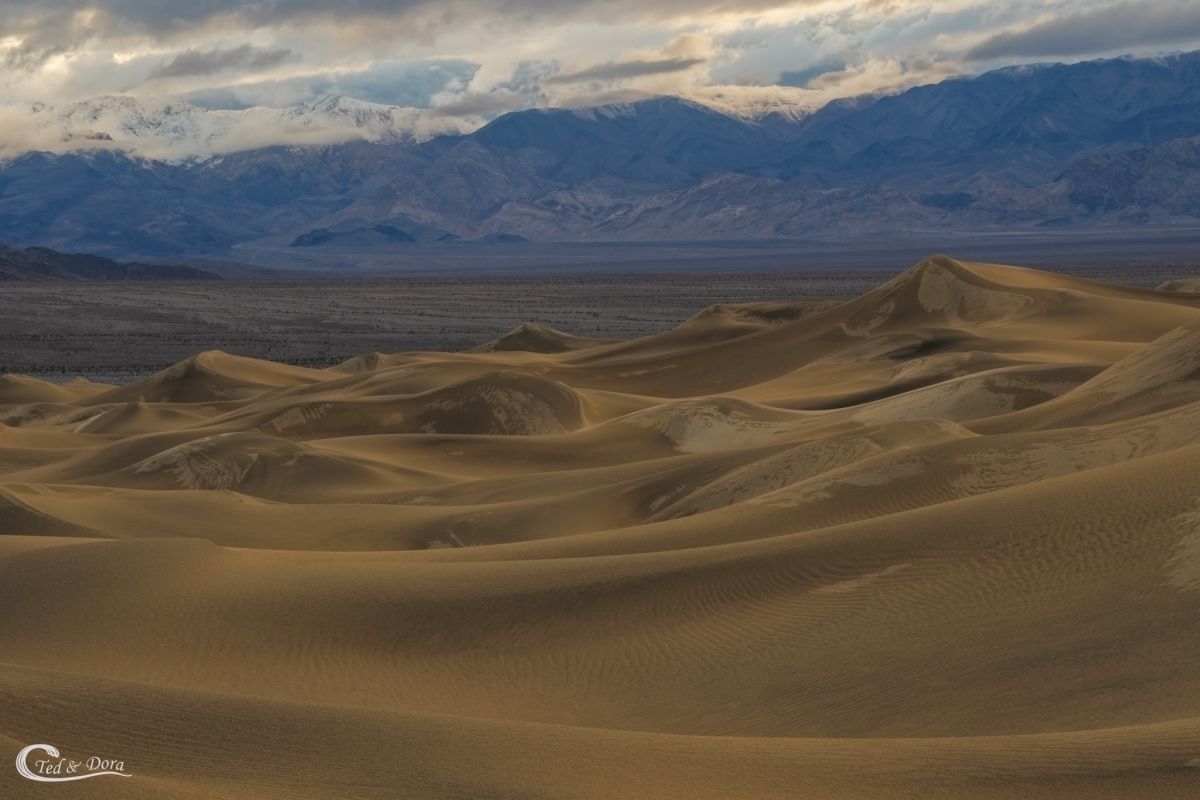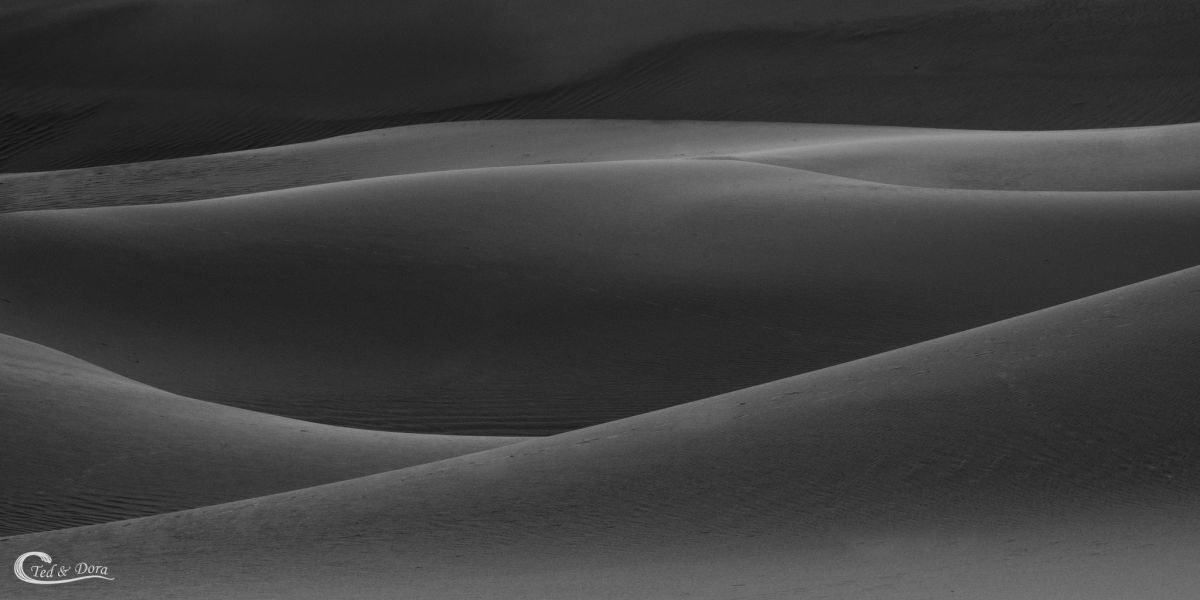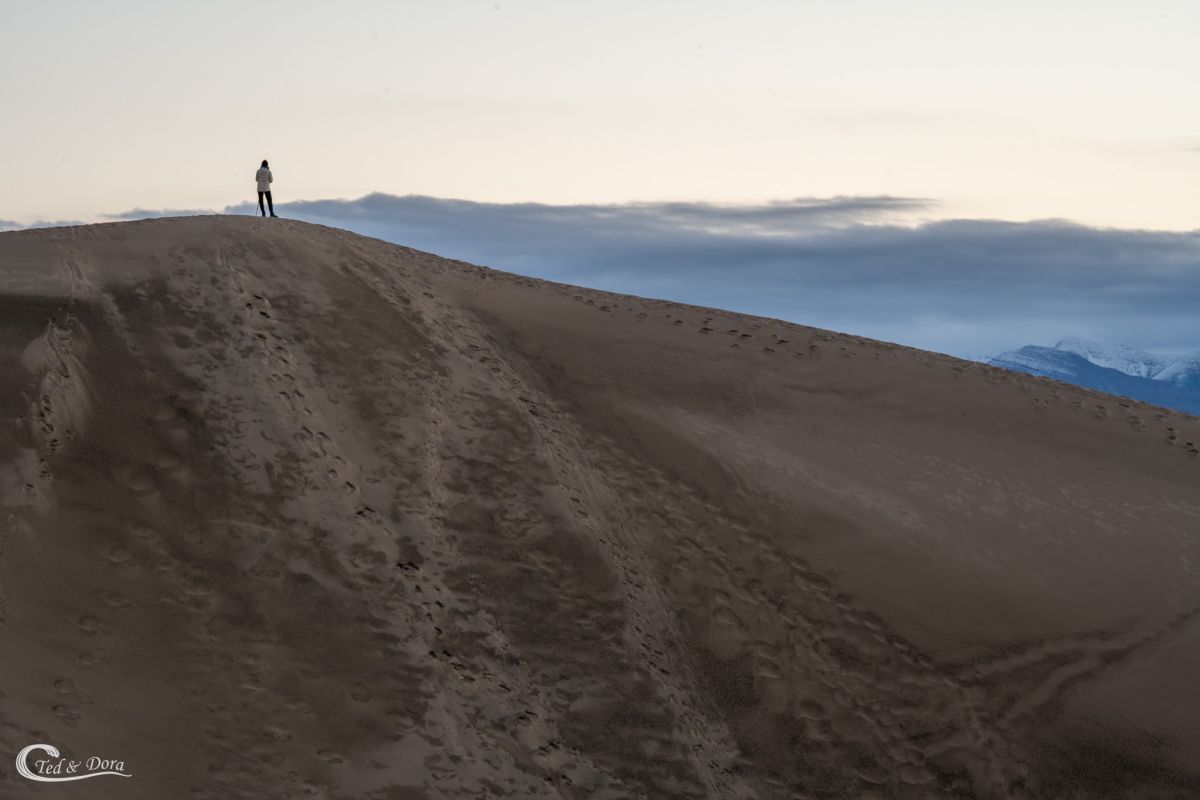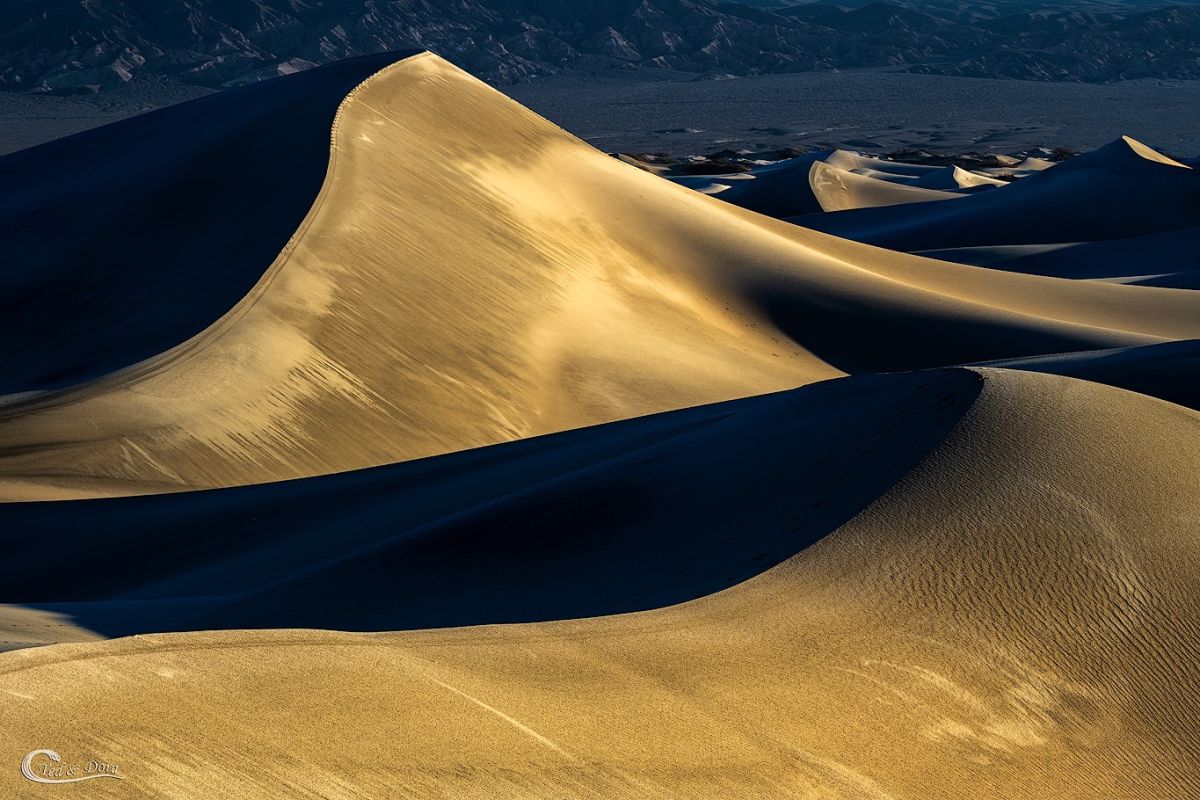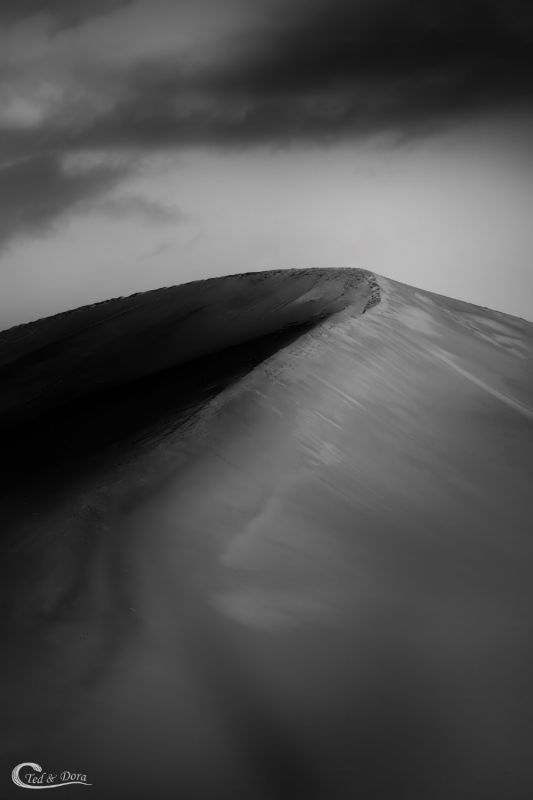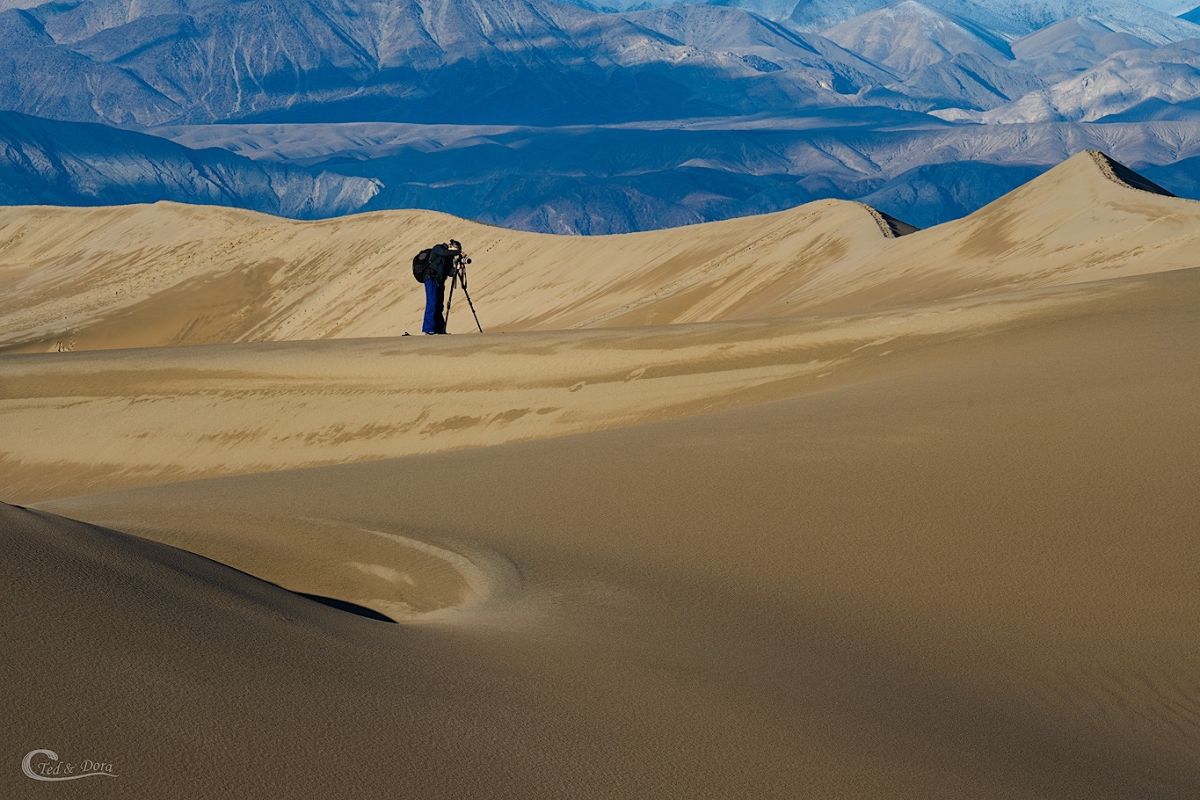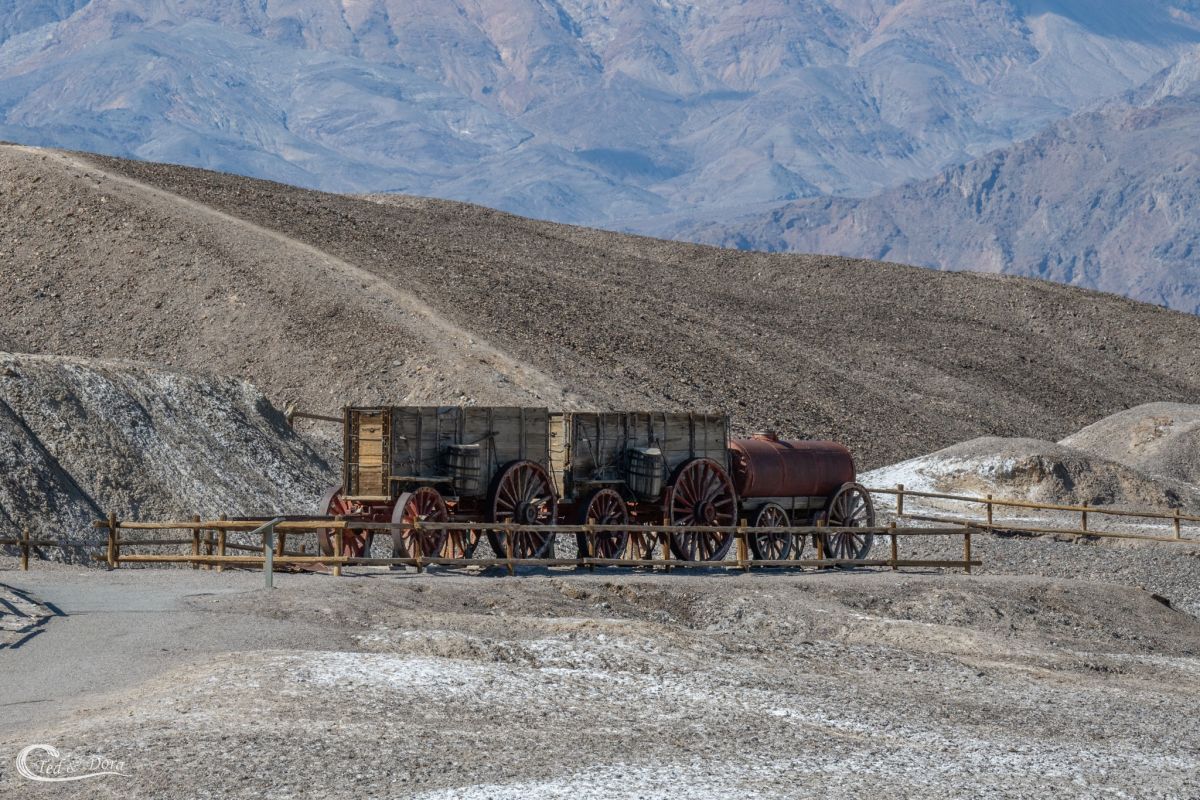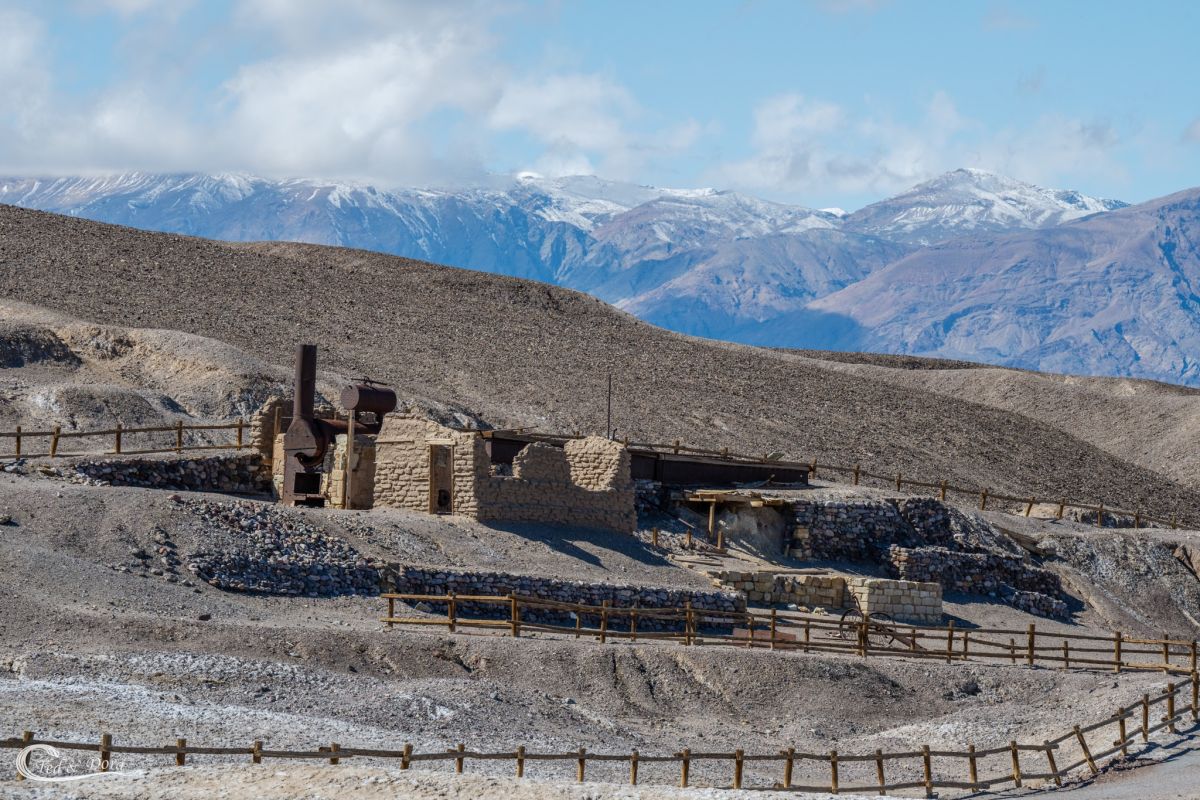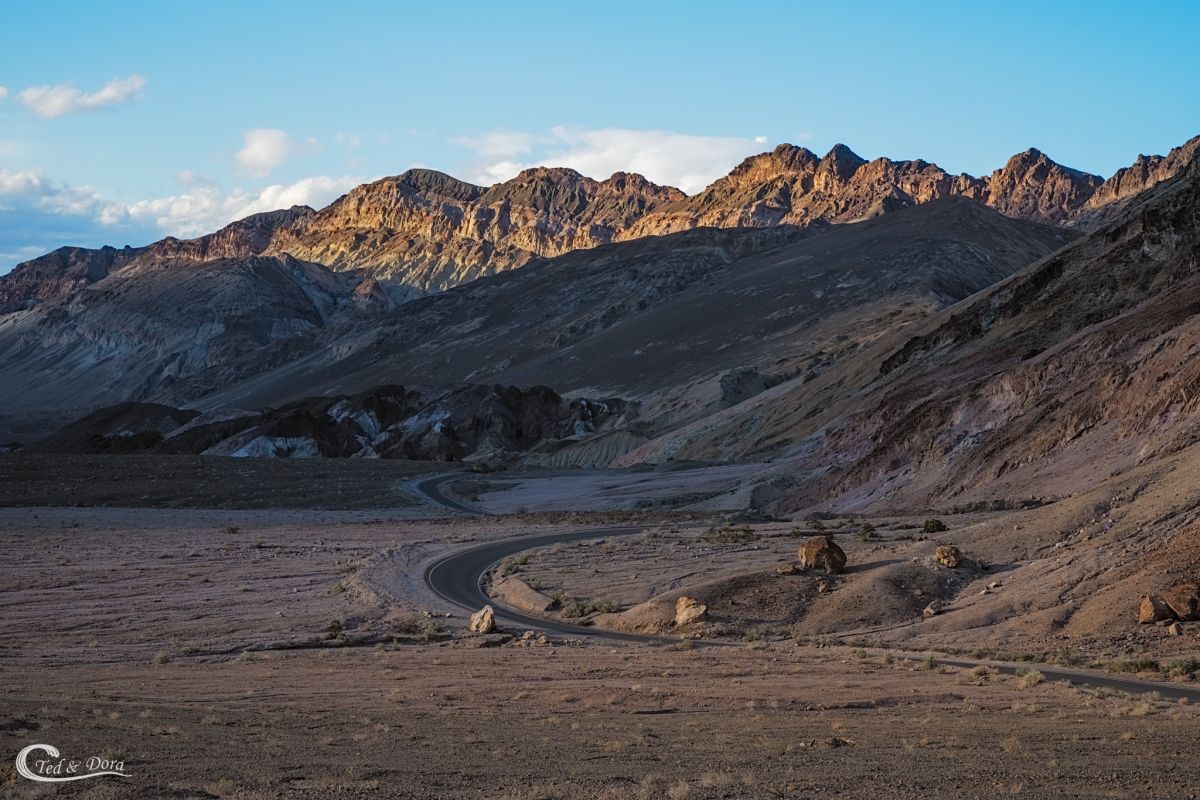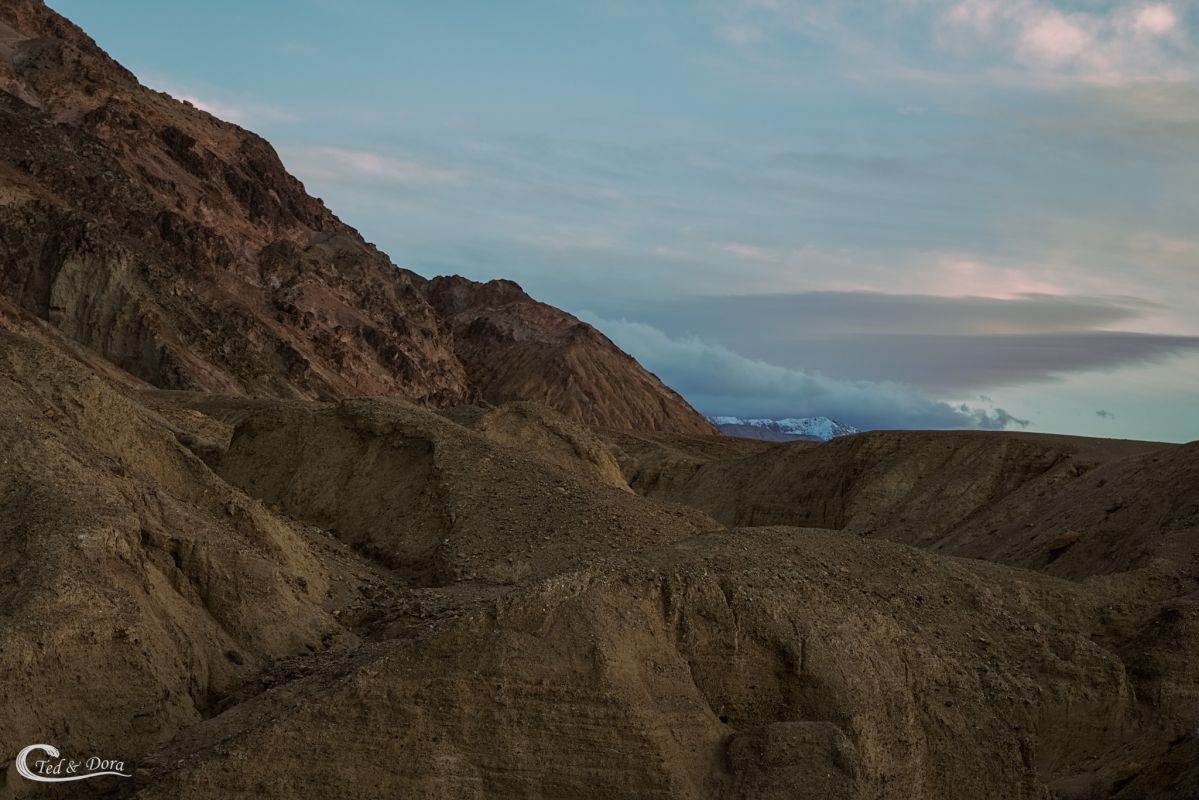
“No desert in the world is more grand, more colorful than ours . . .” - Paul Harvey
One of my favorite radio personalities growing up was Paul Harvey. Paul Harvey was well known for his “The Rest of the Story” radio shows that were full of inspirational and uplifting short stories. Of my many favorites one always stands out. It was titled “America the Beautiful”. He compares geographical locations in the United States to the rest of the world. We live in a beautiful country; all we need do is open our eyes. In one part of the story Paul Harvey compares our deserts. He did not mention Death Valley by name but I’m sure it was on his mind as he told the rest of his story.
Dora and I recently spent a week in Death Valley and could easily have spent more time. Each day was a different adventure, and the scenery was always striking. We visited Death Valley in February to avoid the summer heat. We were in Death Valley the same time a major storm passed through. We experienced heavy rain, flash floods, high winds, and power outages. The desert always remained beautiful.
We arrived in Death Valley early enough to make a stop at Zabriskie Point before meeting up with our group at Furnace Creek for a sunset photo in the Badwater Basin Salt Flats. The salt flats cover nearly 200 square miles. The polygons of raised salt are formed as salty water rises in a capillary action between cracks in the salt flats. When the water dries the salt hardens. Badwater is a popular stopping spot. One can explore salt polygons at Badwater, but they are trampled flat. To find good salt polygons one needs to park alongside the road and hike a mile or more to get to the best spots.
Mud cracks also form in Badwater Basin. It seldom rains in Death Valley. When it does flash floods is a real concern. The runoff that flows from the surrounding mountains flows out into the flats carrying sediment with it. Cracks form as the water evaporates and the mud dries. Creeks appear after a rain event and can provide interesting photo opportunities. We experienced some heavy rain on our visit. After the rains we found a creek in the mud flats that wasn’t there the day before.
We spent two days exploring the Mesquite Sand Dunes. The sand dunes are formed by eroding mountains to the north. Wind moves the sand southward. The mountains to the south provide a barrier to trap the moving sand and form dunes. The dunes are easy to access. The sand dunes are popular and finding the dunes without footprints is nearly impossible. We were fortunate to explore the dunes after rain and high wind. Many of the dunes were still footprint free.
Zabriskie Point is easy to access by car and short walk up a paved path provides awesome views of Manly Beacon and the Panamint Range across the valley. Sunrise and sunset views are equally beautiful here and it is not uncommon to see several photographers at this location.
Death Valley offers an abundance of hiking opportunities. There are several easy, moderate, and difficult hikes which are best undertaken from November through March. Given the short time we were there we were only able to hike Golden Canyon, Mosaic Canyon, and the Mesquite Flat Sand Dunes. We also hiked Badwater Basin to reach the salt polygons and mud cracks. We are hopeful to return and hike a few more of the trails. Driving tours, such as Badwater Basin, Devil’s Golf Course, Artists Drive and Palette, Zabriskie Point, Twenty Mule Team Canyon, and of course, the Mesquite Flat Sand Dunes provide gorgeous views of the valley’s features.
Death Valley can be a dangerous place. We experienced 30 mph+ winds the first day. A few days later we had heavy rains, flash floods causing road closures, and a power outage in the entire valley that lasted a day and a half. The heavy rain in Death Valley meant snow in the higher altitudes, giving us gorgeous images of the Panamint Range. The next to the last night winds reached 50 mph. There is safety in numbers and Death Valley is best experienced with a family, a few friends, or a group.
We were joined by several friends and fellow photographers on a photography workshop hosted by Mountains to Sea Adventure Photography Workshops. I am not affiliated with Mountains to Sea and receive no financial compensation for an endorsement. Mountains to Sea workshops provides opportunities to reunite with old friends as well as met and make new friends. Their workshops are loaded with ample photo opportunities and instruction. For more information visit the Mountains to Sea website.
Death Valley
